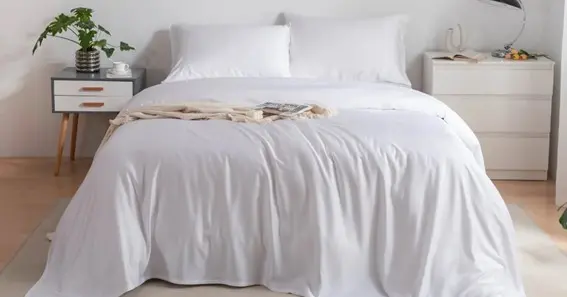What is percale? Selecting the best bedding requires considering fabric type, which is essential in defining comfort, longevity, and total sleep value. Percale stands out whenever it is mentioned. The question then becomes, what exactly is this thing called Percale, and what are its unique features compared to others?
What Is Percale?
Percale pertains to a fabric weave often applied in bed sheets and other home-based linens. The word percale originates from the Persian saying “pargālah,” meaning “rag.” Nevertheless, percale cloth differs from how it appears etymologically smooth with defined strokes of quality touch. It is generally manufactured using pure cotton or a combination with polyester, closely woven in simple patterns. For this reason, the outcome is a robust, light, and airy fabric that can handle a large number. This was the answer for your query what is percale so now why don’t you read about its specialty.
Percale Specialty
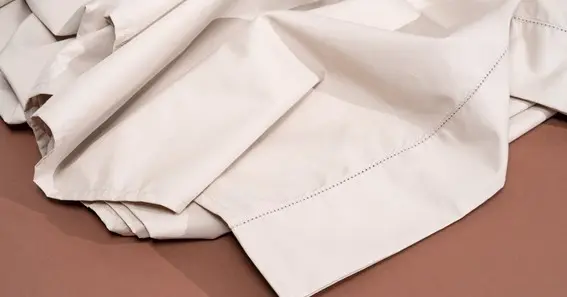
Percale fabric is celebrated for its ability to breathe, a result of a close pattern that makes it perfect for hot weather. The freedom of air movement ensured by closely knitted threads prevents the accumulation of hotness, making it an ideal choice for people who sleep hot while living in hot places.
What Is Percale Durability
The durability of percale fabric is greatly enhanced by its tightness. A dense and robust material can be made from threads intertwining, which can be washed regularly, even after daily usage, without being deformed or altered in texture. This long-lasting quality ensures that it is an affordable bedding material relative to its counterpart costs.
Crisp Texture Of Percale
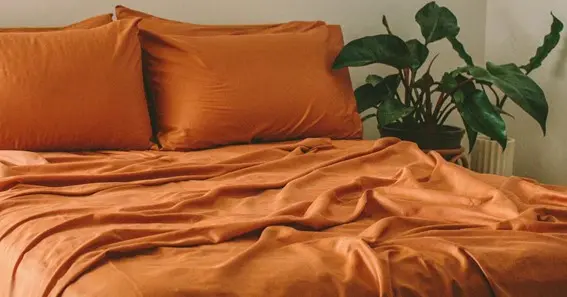
Percale has a distinctive crispness and coolness to it. Percale has the best weave of all fibers when it comes to being smooth or soft. It isn’t as soft as sateen, yet softer than canvas. Such features make percale ideal for bedding because the fabric feels cool against the skin at night. Such characteristics have increased demand for bed linen made from this material online and in stores near my house.
Thread Count Of Percale
Smoother with more drape than lower thread counts when compared side-by-side. Typically, percale material measures 200-400 threads per square inch, making them soft while maintaining strength due to their high density or tightly woven together. Fabrics have breathability because there’s enough space between fibers, which is regulated by the number of threads. This does not take away from their comfort or tear ability. up to here, it was all about what is percale but do they improve sleep quality.
Improvement In Sleep Quality
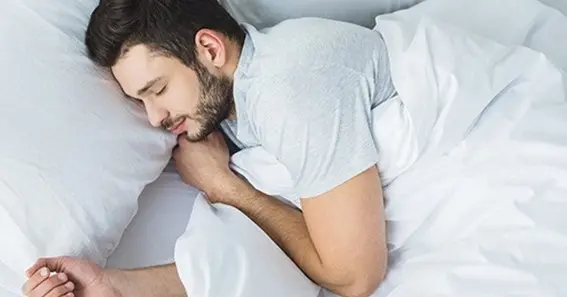
Because of its breathability, durability, and crisp texture, percale fabric helps improve the quality of sleep. It cools the sleeper, eliminating causes of disturbance due to overheating and keeping him or her comfortable throughout the night. On the other hand, the smooth surface prevents too much friction with the body, enhancing a soothing touch that encourages sleep.
Easy care of the material of percale
Percale fabric is relatively easy to care for. It is machine washable and may be dried, tending to get softer after every wash. Even though it might get wrinkled more than all the other kinds of fabrics, it is manageable to take it out of the dryer on time or iron it if needed. This quality makes it more suitable for daily applications because it requires less effort to clean up now and then.
Demand in luxury hotels
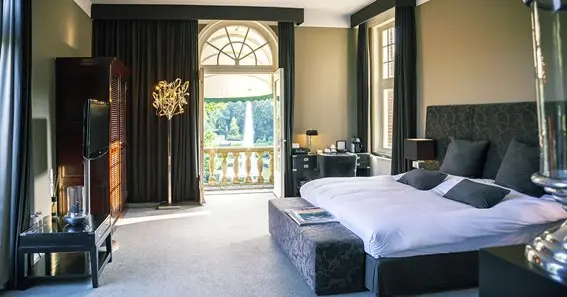
Percale sheeting is favored by upscale hotels for its luxury and looks. Such bedding adds a sense of style to the whole room and provides a welcoming feeling for visitors since it appears crisp and clean. Percale’s ability to last long also helps maintain its original state even after being frequently washed, as happens with hotels.
Eco-friendly nature of Percale
The material percale made from pure cotton can be considered environmentally friendlier than the synthetic counterpart. Cotton is a biodegradable natural substance with lower adverse environmental effects when procured sustainably. Furthermore, the fact that percale is long-lasting reduces frequent replacement and, thus, waste generation through frequent discarding of beddings.
Conclusion
Here’s a summary about what is percale. Its unique blend of breathability, longevity, and crunchy texture makes Percale a favored fabric for bedding. In addition, it makes for cool, comfortable bedclothes because it has a tight weave and a high thread count that will last you a long time. It is also easy to wash, iron, and maintain these while remaining environmentally friendly. This is why they can be found in percale material everywhere in a hotel or family set-up since they contribute positively to restfulness and style essential for romantic settings.
Whether you are upgrading your bedding or looking for long-lasting fabric, percale offers both quality and comfort.
FAQ
Explain the contrast between percale and sateen
Percale and sateen are both types of fabric weaves used in bedding. Whereas percale is woven in plain weave, presenting a flat surface structure, sateen employs a satin weave technique, manifesting a smoother, shinier surface.
Is percale fabric suitable for the winter months?
While percale has an excellent reputation for being very breathable, which makes it perfect for hot weather conditions, it can also be worn during wintertime, especially if you add more warming bedclothes like comforters and quilts. Its temperature is maintained at an average of 22-24°C all year round, which makes it suitable for both cold nights and hot summer days.
How should I get rid of wrinkles from percale sheets?
To keep wrinkles away, take the percale sheets when they are hot and fold them immediately or spread them on a bed. However, it may still be necessary to iron them using a low or medium heat setting for that fresh feel.
Is bleach safe for percale sheets?
It is not advisable to use bleach to clean colored percale sheets or those with patterns. Bleach may weaken them and cause staining. Use a mild hydrogen peroxide-based detergent instead for cleaning white ones.
How do percale and microfiber linens compare?
Percale, usually made of cotton, has a finer weave and is more airy than one made of synthetic fibers. Nonetheless, even though they are proclaimed to be softer and less prone to wrinkling, microfiber bed linens cannot compare with the aeration capabilities of those made from percale fabric.
How Should I Care For Percale Sheets?
Wash percale sheets in cold or warm water with mild detergent, and tumble dry on low heat. Avoid high heat to prevent shrinking and maintain the fabric’s crispness.
Check out this insightful post is-simpcity-safe
Sources:
https://www.goodhousekeeping.com/home/a37465998/percale-vs-sateen-sheets
https://fabriclore.com/blogs/fabric-wiki/information-about-percale-fabric
